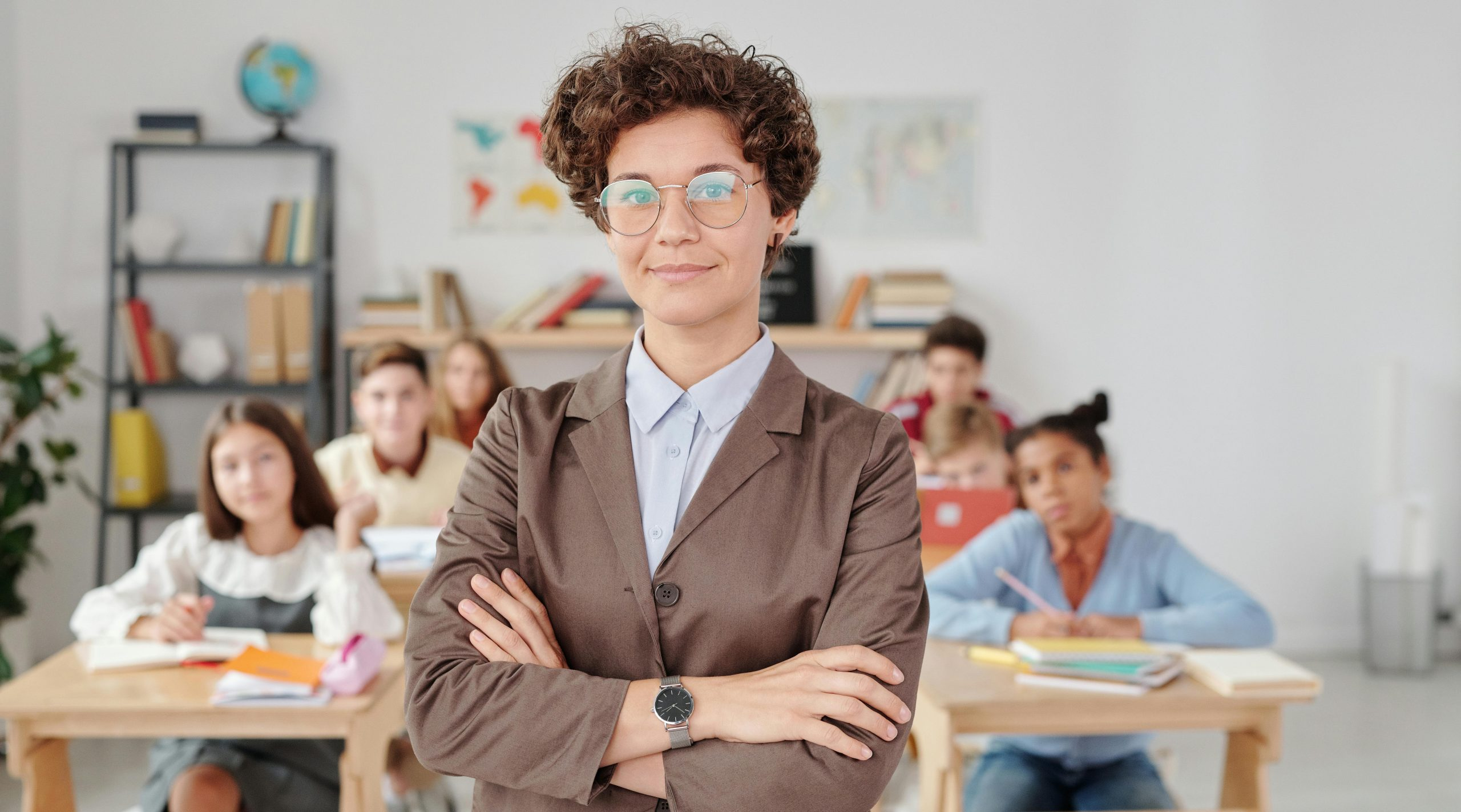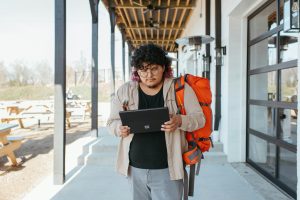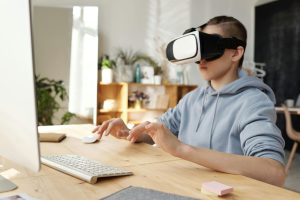How personalized learning is changing the way we teach
With the advancements in technology and the increasing demand for personalized learning, traditional education methods are rapidly changing. For decades, the one-size-fits-all approach to teaching has been the norm, but with the incorporation of personalized learning, the classroom experience has been completely revolutionized. This innovative teaching model recognizes that every student has unique learning styles, abilities, and interests that can greatly impact their academic success. In this article, we will explore how personalized learning is changing the way we teach and why it is an essential aspect of modern education.
The rise of personalized learning
In the past, a typical classroom setting involved a teacher delivering a lecture to a large group of students while they passively absorb the information. However, this method often fails to cater to the individual needs of students, resulting in disengagement and poor academic performance. As a solution, personalized learning has gained popularity in recent years, offering a more student-centered approach to education. Personalized learning enables students to take control of their learning by tailoring the curriculum to their unique needs, interests, and abilities.
Key components of personalized learning
Personalized learning involves a variety of elements that work together to create a dynamic and engaging learning experience for students. These components include:
1. Flexible learning paths
Unlike traditional learning, which follows a linear path, personalized learning allows students to progress at their own pace. It enables them to move forward with concepts they excel in and spend more time on challenging topics. This approach ensures that students do not get left behind or feel overwhelmed.
2. Customized content and activities
With personalized learning, students have the opportunity to choose learning materials and activities that align with their interests and learning styles. This helps to make the learning process more engaging and meaningful for students, leading to better understanding and retention of information.
3. Regular assessment and feedback
Personalized learning involves continuous assessment and feedback to track students’ progress, identify areas of improvement, and provide timely support. By regularly evaluating students, teachers can adjust the curriculum and learning strategies to better meet the needs of each student.
Benefits of personalized learning
Personalized learning has been proven to bring about numerous benefits both for students and teachers. Here are some of the top advantages of this innovative teaching method:
Increased student engagement
When students have control over their learning, they become more engaged and motivated. By incorporating their interests, passions, and strengths into the curriculum, personalized learning makes the learning experience more enjoyable and relevant for students.
Better academic performance
With personalized learning, students are more likely to understand and retain information since it caters to their unique learning styles. This results in improved academic performance and higher levels of achievement.
Improved teacher-student relationships
Personalized learning involves close collaboration between teachers and students, leading to the development of strong relationships based on trust and mutual understanding. This connection can lead to a more supportive and positive learning environment.
Prepare students for the future
Personalized learning teaches students essential skills such as self-direction, critical thinking, and problem-solving, which are crucial in the workforce and everyday life. By focusing on individualized learning, students are better equipped to face the challenges of the 21st century.
Wrapping up
Personalized learning is rapidly changing the way we teach and has become an important aspect of modern education. Its ability to cater to individual student needs, interests, and abilities has brought about numerous benefits, including increased student engagement, better academic performance, and stronger teacher-student relationships. As technology continues to advance, personalized learning will only continue to evolve, providing an even more dynamic and effective learning experience for students of all ages.











